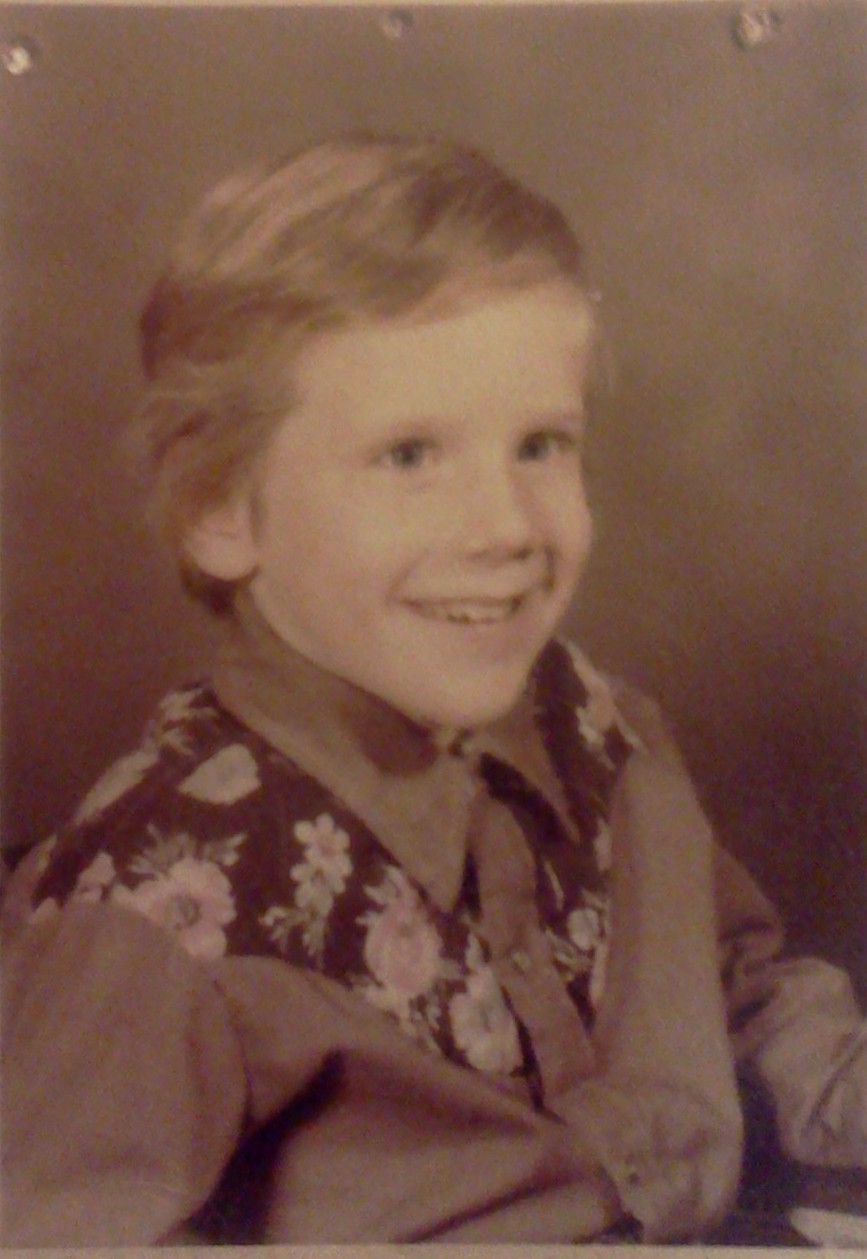Don't Brush off the Drug Factor
Terri Reinhart
It was inevitable. As soon as the news announced Robin Williams' diagnosis of Parkinson's disease, I felt a wave of panic surge through my entire body. Despite telling myself I was jumping to conclusions and we'd probably never know what factors were in play the day Robin took his life, the question would not leave. I went to my internet support group and, sure enough, someone had posted this very question on the forum. Seems a lot of people were wondering the same thing.
Was Robin Williams on a dopamine agonist drug? Did his PD medications have anything to do with his suicide?
This morning I learned that a good friend of Robin's, Rob Schneider, has publicly questioned the role of Parkinson's medications in his friend's suicide. Afterward came the predictable response from the medical community (Doctors Blast Rob Schneider's Parkinson's Drug Twitter Rant).
We don't know and will probably never know what caused Robin Williams to take his life. We don't know which medications he took for his Parkinson's. Most importantly, we really don't know enough about the brain and how exactly it works with drugs, our environment, and our unique personalities to say anything for sure.
Just don't brush it off.
HEY DOCS... did you hear this? DON'T BRUSH IT OFF! Medications don't have "side effects", only effects. These effects can vary a lot from one person to another. Effects can start out slowly and build up after time - even without a dosage increase. And you know what else? Those of us who often report adverse effects from drugs are often brushed off because you all decide we must be imagining things.
After telling my nurse NOT to give me any medication for pain after surgery, the nurse responded with impatience and even anger. I obviously didn't know what I was talking about. When I threw up after waking up from surgery, the nurse scoffed at me, saying "Now what do you think of recovering from surgery without pain meds?" Two days later, she came to me white faced and shaky, and said, "I've never seen anyone as sensitive to medications as you are." It was as close to an apology as I would get.
After experiencing some not-so-helpful effects of dopamine agonists, my neurologist at Kaiser (great doc, Dr. Lindsey Hudson) put it this way, "You're just one of those people with a brain that's easily inspired."
No, that's not a euphemism for total nut case, it means just what she says. My brain is easily inspired, whether by drugs, poetry, art, music... I'm an artist. The connection between artistic creativity and psychopathology (extremes in mood, thoughts, and behavior) have been studied for a long time and the link is clearly established. Our brains are wired differently. It's not always the easiest brain to live with (just ask our spouses), but it's worth it. At least I think so.
"Easily inspired" is also a warning. Be extra careful when doing anything which will affect this brain. It's going to react differently than what you might expect. It may go zipping across the house, ricocheting off walls and ceilings, it could hide out in its room and not want to come out, or it could jump off the high dive - with or without water in the pool. Medication can also be the spark which lights the inferno and makes anything less scary than being consumed by the fire, even suicide.
DON'T BRUSH IT OFF!
Sure, neuroscientists are learning more and more all the time, but really, we're still like Model T mechanics trying to understand the Space Shuttle.
So, docs.. please, before you get out your prescription pad to prescribe any medication which affects the brain, get to know your patients a little. Find a way to check in with them often enough, especially at first. Suggest they have a family member come with them to appointments. Make sure the family member reports any changes in the patient's personality or behavior - too happy, sad, or angry? can't let go of thoughts? baking 12 dozen chocolate chip cookies every week? Spend more than 10 or 15 minutes with each patient and really listen.
Don't brush off the medication factor. Our lives may depend on it.






